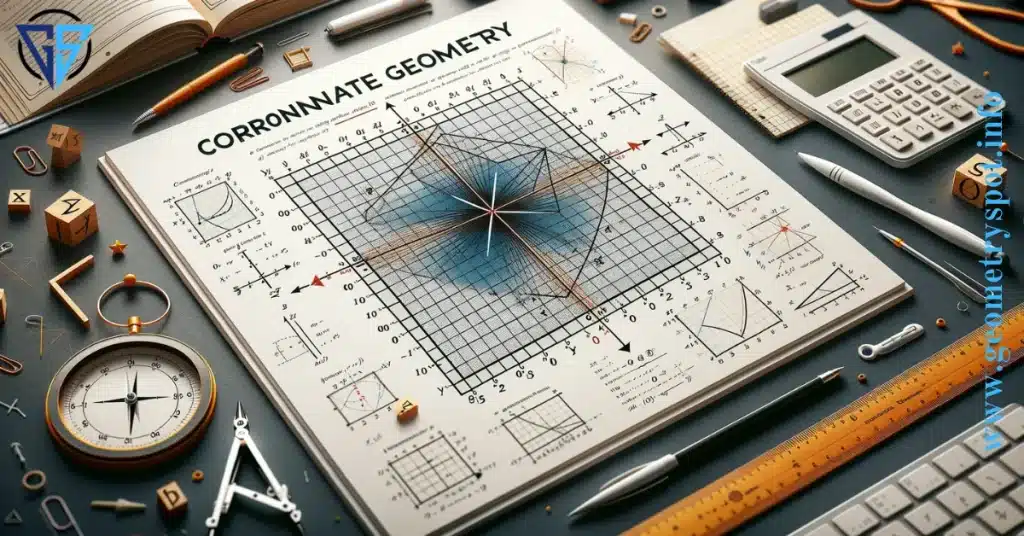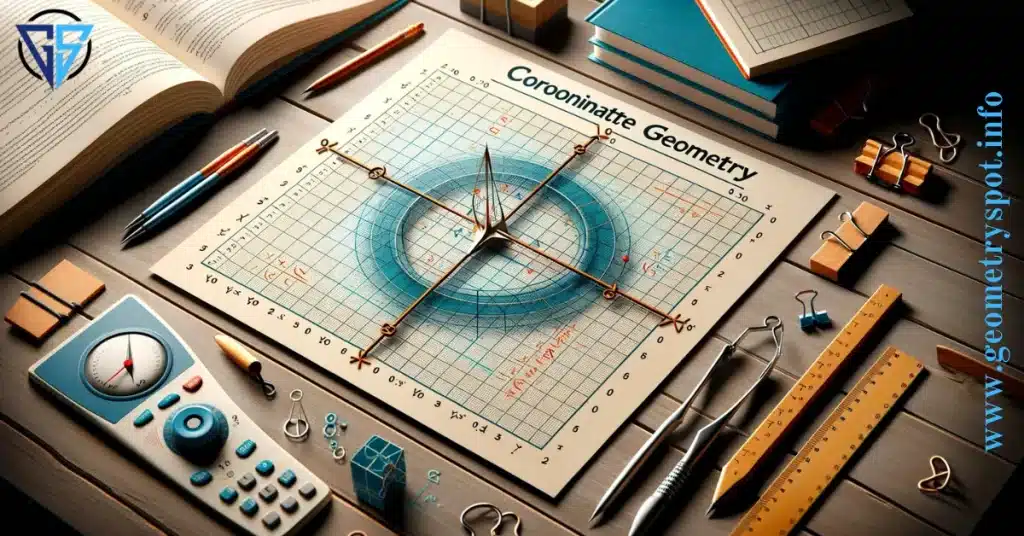What Is Coordinate Geometry? A Comprehensive Guide

Coordinate geometry, often Cartesian geometry, is a fundamental branch of mathematics that plays a pivotal role in various fields, from science and engineering to art and design. In this comprehensive guide, we will delve into the intricacies of coordinate geometry, explore its concepts and applications, and answer frequently asked questions. So, let’s embark on this mathematical journey and uncover the wonders of “What Is Coordinate Geometry?”
What Is Coordinate Geometry?
Coordinate geometry, at its core, is a branch of mathematics that marries algebra and geometry. It provides a way to describe geometric shapes and their properties using numerical coordinates. These coordinates are represented as pairs of numbers (x, y), where ‘x’ represents the horizontal position, and ‘y’ represents the vertical position on a Cartesian plane.
The Cartesian Plane
To understand coordinate geometry, one must become familiar with the Cartesian plane. This plane consists of two perpendicular axes – the x-axis and the y-axis – intersecting at a point called the origin. The origin is represented as (0,0). Any issue on the plane can be identified by its unique coordinates (x, y).
Graphing Equations
Coordinate geometry allows us to graph equations and visualize mathematical relationships. For instance, plotting the equation y = 2x + 3 on the Cartesian plane will create a straight line with a slope of 2 and a y-intercept of 3.
Applications of Coordinate Geometry

Coordinate geometry finds applications in various fields. Here are a few areas where it plays a crucial role:
Engineering
In engineering, coordinate geometry is used for designing structures, creating blueprints, and analyzing spatial relationships. Engineers rely on it to determine distances, angles, and dimensions accurately.
Physics
In physics, coordinate geometry helps describe the motion of objects in space. It is used to analyze projectile motion, study orbits, and model the behavior of particles.
Computer Graphics
Coordinate geometry is the backbone of computer graphics. It enables the rendering of images, shapes, and animations on digital screens. Without it, video games and graphical software would not exist as we know them today.
Architecture
Architects use coordinate geometry to design buildings, plan layouts, and ensure that structures are built with precision. It helps in creating aesthetically pleasing and functional designs.
Art and Design
Even in art and design, coordinate geometry has its place. Artists and designers use it to create intricate patterns, symmetrical designs, and digital artworks.
Frequently Asked Questions
Q: What is the history of coordinate geometry?
Coordinate geometry, also known as Cartesian geometry, was developed by René Descartes in the 17th century. His groundbreaking work, “La Géométrie,” laid the foundation for this mathematical discipline.
Q: How can I find the distance between two points on a Cartesian plane?
You can find the distance between two points (x1, y1) and (x2, y2) using the distance formula: Distance = √((x2 – x1)^2 + (y2 – y1)^2)
Q: Are there three-dimensional coordinate systems?
Yes, in addition to the standard two-dimensional Cartesian plane, there are three-dimensional coordinate systems that introduce a z-axis. These systems are used to represent points in 3D space.
Q: Can coordinate geometry be applied to real-life problems?
Absolutely! Coordinate geometry is used extensively in real-life problem-solving, such as navigation and mapping, and even in the design of everyday objects like smartphones and cars.
Q: What are polar coordinates, and how do they differ from Cartesian coordinates?
Polar coordinates are an alternative coordinate system that uses distance and angle to represent points. They differ from Cartesian coordinates, which use horizontal and vertical positions.
Q: Where can I learn more about coordinate geometry?
To further your understanding of coordinate geometry, you can explore textbooks, online courses, and educational websites dedicated to mathematics.
Conclusion
Coordinate geometry is a powerful mathematical tool that empowers us to understand and manipulate the world around us. From engineering and physics to art and design, its applications are vast and diverse. By mastering the principles of coordinate geometry, you can unlock new avenues of knowledge and problem-solving. So, embrace the world of coordinates and explore the endless possibilities it offers.


